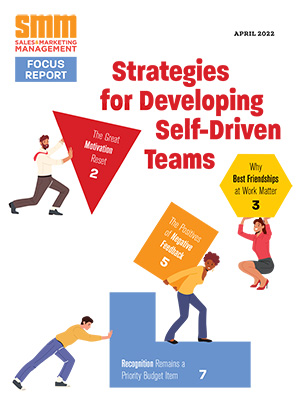Events and group trips have rebounded slightly, according to corporate travel insiders. But they have done so under intense scrutiny from within. Some managers have developed more accurate ROI measurements than others. If you can prove the value of your offsite to your accounting department, it becomes tougher to take it away from you the next time the economy dips or a mismanaged corporate function hits the headlines.
FAST Meetings Co. is an Australian business that helps companies around the world conduct more effective meetings and events. The acronym stands for focus, awareness, solution and traction — the four key factors that produce a productive meeting. The FAST Meetings website (fastmeetings.com.au) says the company creates meetings that “inspire participation, align with organizational objectives and deliver productive, ongoing results.
“Meeting outcomes are often considered intangible and the diversity of meetings can make measurement appear complex. This could explain why so few business leaders have calculated Meeting ROI until now,” a message on the company’s website states.
A model of meeting outcomes the company developed in 2004 and validated in over 40 organizations over the past five years provides a single score of meeting value. When this model was researched with over 2,500 people, it showed that most meetings achieve less than 50 percent of their potential outcomes. Weigh that against the $600,000 that FAST Meetings estimates it costs for every meeting of 100 employees, and it means ineffective meetings are delivering a negative return of $300,000 per 100 staff each year.
“It is surprising that for the millions of dollars spent holding conferences every year, there is such little known about the value of return on that investment,” the FAST Meetings website states. The company promotes what it says is a universal principle for measuring the value of meetings that is known as the Law of 100.
It states, “The goal of a good meeting is to create value that lasts greater than 100 times its duration.” So if your conference is a two-day meeting, that’s at least 200 days of value you want to create. By applying the Law of 100 to both individual participants and the host organization, you can measure your conference value using the Law of 100.
Delegate Value
The Law of 100 can be applied to the most important people at your conference; the delegates. (For sales meetings, it can be your reps, whether they are inside sales or independent reps.) Consider this question: “For the time and effort each delegate invested, did he or she get value that lasted 100 times the conference duration?”
The answer to this question will come from asking delegates. But most surveys are completed as delegates leave the conference, or return to their office. That’s why they’re sometimes referred to as “happy sheets.” They reflect the feelings about the conference at the time, but do not tap the Law of 100.
Consider the merits of surveying some months after your conference. This could replace or add to your current survey approach.
Four simple questions can be answered to help you test the Law of 100. Adapt these examples to fit your own conference goals.
How long did these four benefits last after your attendance at the XYZ conference?
Traction — your commitment and ability to sustain actions arising from the conference
Alignment — a positive feeling of being part of something worthwhile (for example, your team, the organization or the conference themes)
Learning — the benefit of insights gained from experts and fellow delegates
Relationship — new/ stronger relationships with people who you have stayed connected with.


